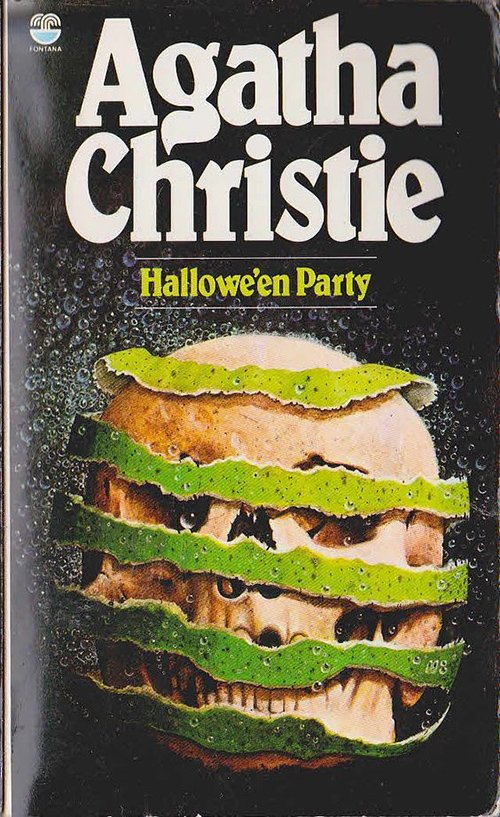When I can’t think of anything else to read, or just want something comforting and familiar, there is always Agatha Christie. And although I have read (I think) most of her books by now, I am still drawn most frequently to the ones featuring the inimitable Belgian sleuth Hercule Poirot. He of the meticulous ways and fantastic mustaches. With his obsession with detail and as Ben Franklin says, “a place for everything, everything in its place,” he has to be a Virgo, like me. And probably a little bit OCD.
“There was only one thing about his own appearance which really pleased Hercule Poirot, and that was the profusion of his moustaches, and the way they responded to grooming and treatment and trimming. They were magnificent. He knew of nobody else who had any moustache half as good.” ―
I downloaded some Poirot-centric titles on Kindle and was not disappointed. The first, Hercule Poirot and the Greenshore Folly, is a shorter, novella-length version of what became her novel Dead Man’s Folly. The plot is similar to the novel, but there are a few changes and twists to the story. Christie was well-known for reusing plots and motifs and then changing around settings and even murderers for a completely different result. It is fun to read Christie’s description of the main house where the murder takes place, as she based it on her own house in Devon.

The next Christie I read is a longtime favorite, Hallowe’en Party. This is a particularly diabolical mystery, as the victim and even some of the suspects are children. Agatha Christie never shied away from the concept of evil, or its being able to take root at an early age. Poirot has to tread lightly as he tries to solve a brutal drowning – in a tub full of apples – as he questions a seemingly nice community of nice people. The ultimate solution has to feature one of her most interesting motives, too.
The next Christie was a new collection of short stories, featuring Poirot and Christie’s other detectives: Miss Marple, Tommy and Tuppence, Parker Pyne, etc. Along with a reminiscence about one of her childhood Christmas holidays, the featured stories include: “Christmas at Abney Hall,” “Three Blind Mice,” “The Chocolate Box,” “A Christmas Tragedy,” “The Coming of Mr. Quin,” “The Clergyman’s Daughter/The Rose House,” “The Plymouth Express,” “Problem at Pollensa Bay,” “Sanctuary,” “The Mystery of Hunters Lodge,” “The World’s End,” “The Manhood of Edward Robinson,” and “Christmas Adventure.” Christie fans will recognize that “Three Blind Mice” is the novella version of her long-running play “The Mousetrap.” These are all good stories and the winter’s theme makes them feel especially cozy.

Not quite ready to quit Christie, but not in the mood for a re-read, I stumbled across Poirot and Me, by David Suchet. This is a charming book by the actor most well-known as the definitive Poirot (sorry Kenneth Branagh). Suchet outlines his entire acting career in this memoir, which includes a lot of award-winning theater and films and television. But a great bulk of his career and life has been spent playing Christie’s most famous detective. He is proud to share that journey and how Poirot has affected his career and life. He may have initially taken the role thinking it would be a short-term thing, as many British series are, but he grew to love the character and become a champion for filming every Christie novel and short story featuring Poirot. This was a monumental project, completed over the course of many years and different production companies. The decision to keep the time frame in the 1930s gave the series an impeccable feel and design. But he was finally able to realize his dream and the Agatha Christie’s Poirot series is one of television’s best classic mystery series.
And this concludes my adventures with Poirot. Until the next re-read.

0 comments:
Post a Comment